Arizona National Parks Guide
Arizona, the desert state of the USA is world-famous for the awesome Grand Canyon, one of the Seven Wonders of the World. Nestled in the southwestern part of the USA, Arizona has a predominantly desert climate.
Stunning landscapes and world-famous locales are part of Northern Arizona. Grand Canyon, Red Rocks of Sedona, Monument Valley, and Lake Powell are the must-see destinations here. Additionally, the flavor of Native American cultures pervades all around and their, history, culture, and artworks are bound to make the visit truly memorable.

North-Central Arizona is a different slice altogether. With cooler temperatures gifted by the pine forests, mountain ranges, and scores of lakes, visitors who dread the scorching sun are perfectly cared for. Summertime is right for rodeos, while in the winter the White Mountains offer a snowy retreat.
From the Grand Canyon to Saguaro National Park, Arizona has something for everyone. However, with so many options, it can be overwhelming to decide which park to visit. In this comprehensive guide, we will take you through some of the most popular national parks in Arizona, what to expect, and what each park has to offer.
Grand Canyon National Park
The Grand Canyon is one of the earth’s true natural wonders. No photograph, no set of statistics, can prepare you for such vastness. At more than one mile deep, it is an inconceivable abyss; varying between four and eighteen miles wide, it’s an endless expanse of bewildering shapes and colors, desert brightness and shadows.
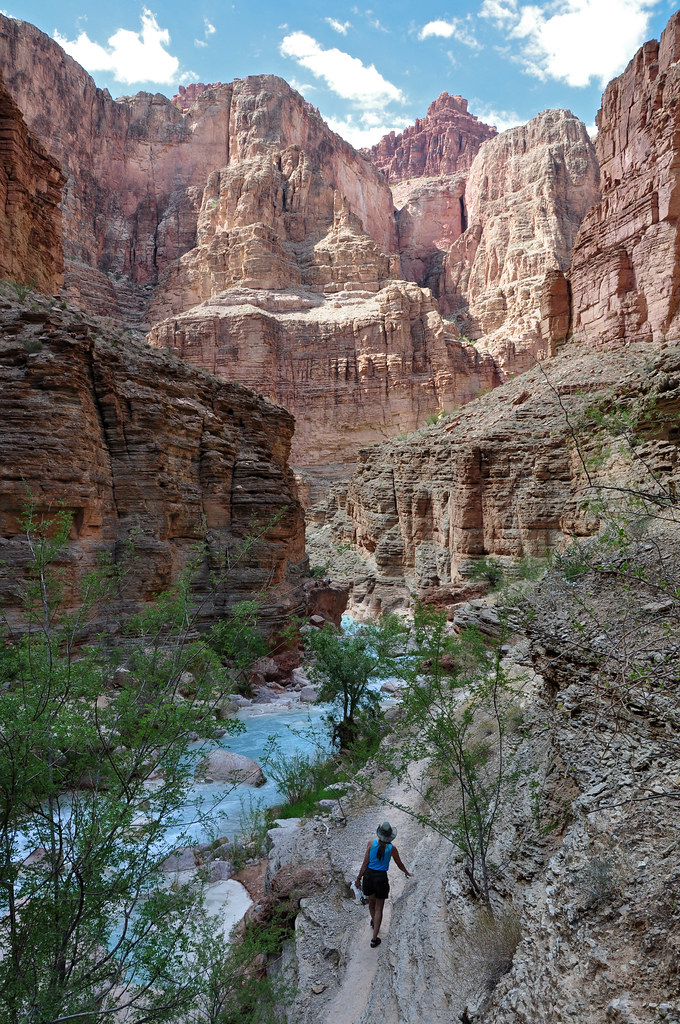
The overlooks along the rim all offer views that shift and change unceasingly from dawn to sunset. You can hike down into the depths on foot or by mule, hover above in a helicopter or raft through the whitewater rapids of the river itself; you can spend a night at Phantom Ranch on the canyon floor, or swim in the waterfalls of the idyllic Havasupai Reservation. And yet that distance always remains – the Grand Canyon stands apart.
While it may look forbidding, the Grand Canyon is not a dead place. All sorts of desert wildlife survive here – sheep, rabbits, eagles, vultures, spiders, scorpions, and snakes. Layer upon layer of different rocks reveals their own fossil records. Yet how the canyon was formed still remains a mystery. All that is known is that the fantastic limestone and sandstone formations are the result of erosion by wind and extreme cycles of heat and cold.
Most tourists visit the South Rim of the Canyon. Visits to the South Rim start at Mather Point, from where the views to the east, in particular, are stupendous. If you walk west for ten minutes, you come to Yavapai Point. From here, you can see two separate segments of Colorado. It is hard to imagine a more perfect position than these two points from which to watch the sunrise over the canyon.
Havasu Canyon
Havasu Canyon is a spectacular gorge where thick cottonwoods and lovely willows offer shade and greenery in an astonishing setting of the lofty red sandstone cliffs under the beautiful cerulean sky. The turquoise waters in this paradisiacal gorge surge into magnificent travertine pools, enhancing its beauty. Havasu Canyon is a side branch of the panoramic Grand Canyon and has been occupied by the Havasupai tribe for the last 800 years. The word Havasupai refers to the people of the blue-green waters. This tribe has merely 600 people and is the smallest Indian Nation in America. At present, these people cultivate crops and have developed a booming tourist industry.
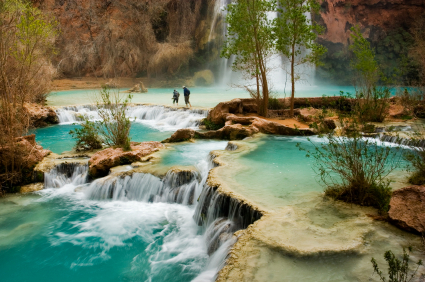
The major attraction in the Havasu Canyon is the Cataract Creek which meanders across the high plains for more than 50 miles (80.4 km) before dropping down into the steep-sided Cataract Canyon. The creek ascends on Bill Williams Mountain and flows across the Coconino Plateau. Melting snow, percolating water, and seasonal rainfall are drained by this creek. As it reaches Havasu Springs, an underground river gushes forth and forms Havasu Creek. This magnificent blue-green creek flows at a rate of 28,000 gallons per minute. It is characterized by the limestone that lines the river bed. The waters of Havasu Creek finally plunge over Mooney Falls, Navajo Falls, and Havasu Falls, making their way to the Colorado River.
Several controversial wall drawings of several ibex and a dinosaur have been found on the red sandstone cliffs. The cliff dwellings, ancient fortresses, and several wall paintings are situated in other areas of the Havasupai Reservation. Havasu Canyon is very popular among the hikers. Hiking in the area requires prior approval from the Havasupai Tourist Enterprise. Facilities like a lodge, a village cafe, a post office, a general store, and campgrounds are made available for tourists. Besides, horses are also available for rent to carry riders or packs. Alcohol, pets, drugs, and weapons are not allowed in the canyon.
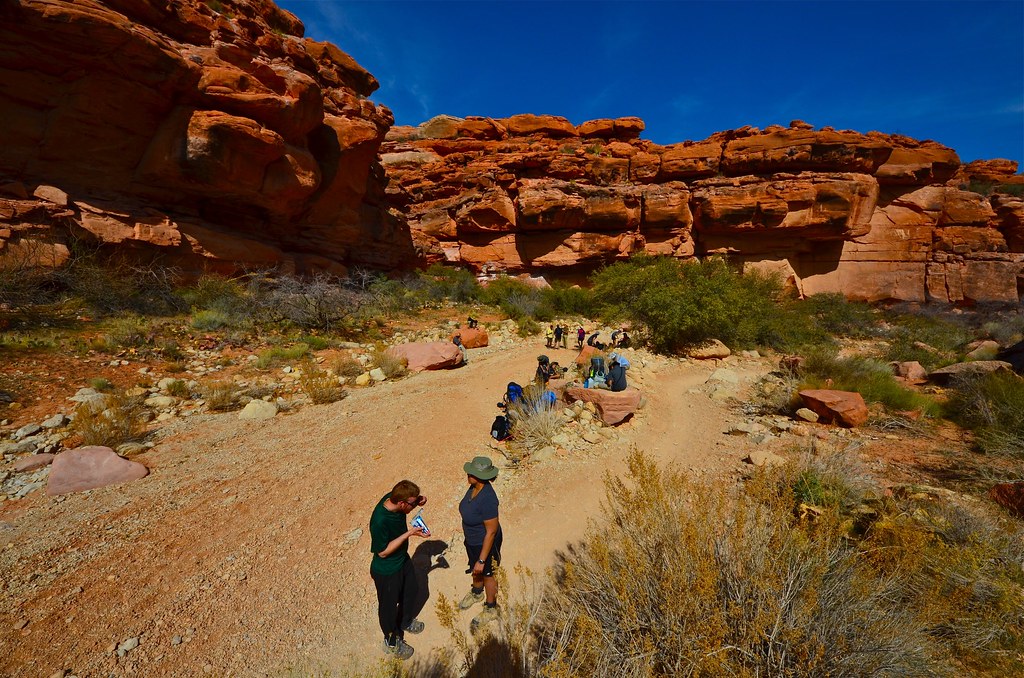
The trail that leads to the canyon has sparse vegetation and rocky soil at the trailhead. In the first mile, the trail descends steeply by a series of switchbacks into the Hualapai Canyon. For the next 1 ½ miles, it drops gradually to the bottom of the Canyon. The Canyon abounds in cottonwoods, willows, box elders, hackberry trees, and wild grapevines. The climate on the Havasu Canyon Floor as well as on its rim is moderate from April to May and from September to November. Owing to moderate temperatures and less crowd, these months are the best for a visit to the magnificent Havasu Canyon.
Petrified Forest National Park
Petrified Forest National Park is one of America’s most interesting national parks. It contains America’s largest deposits of petrified wood, along with a treasure trove of more than 500 archaeological sites. The park is also known for the undulating expanse of solidified sand dunes, which at different times of the day take on different colors.
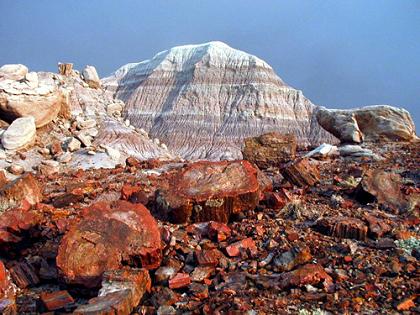
The name of the park is due to the rich collection of petrified wood found mainly in the south section of the park. The park preserves a fossilized prehistoric forest of gigantic trees, which has been unearthed by erosion. The original cells of the wood have been replaced by multicolored crystals of quartz. Cross-sections, cut through with diamond saws and polished, look stunning and can be seen in the two visitor centers of the park. These centers are located thirty miles apart at the north and south entrances.
Petrified Forest has plant and animal fossils going back over 200 million years. However, since the trees are segmented, crumbling, and very dark, they might not appear as exciting as you would expect. Here and there rough concrete walkways have been laid over the terrain – and often over the tree trunks themselves. The Long Logs Walk near the southern entrance is probably the best section in this respect.
The northern section of the national park – the site off the main visitor center and entrance station, is renowned for views of the Painted Desert, a vast expanse of sand dunes. The park appears bluish shades of gray and reddish shades of brown at different times of the day.
Saguaro National Park
Saguaro National Park, previously Saguaro National Monument, contains a wide variety of desert plants, and the famous saguaro cactus, a symbol of the American Southwest. Flanking Tucson to either side, the two sections of the park offer visitors a rare and enthralling opportunity to stroll through strange desert forests of monumental saguaro cactuses.
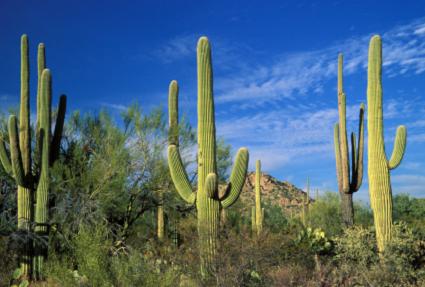
Each saguaro can grow up to 50 feet tall and weigh up to 8 tons, but it takes around 150 years to do so. Whatever you may have seen in the movies, you can drive a long way in Arizona without seeing one; saguaros are unique to the Sonora Desert, and the thrill of encountering a thousand at once is immensely satisfying. Both segments of the park can be seen on short trips from the city; there is no lodging, or even permanent campground, in either segment.
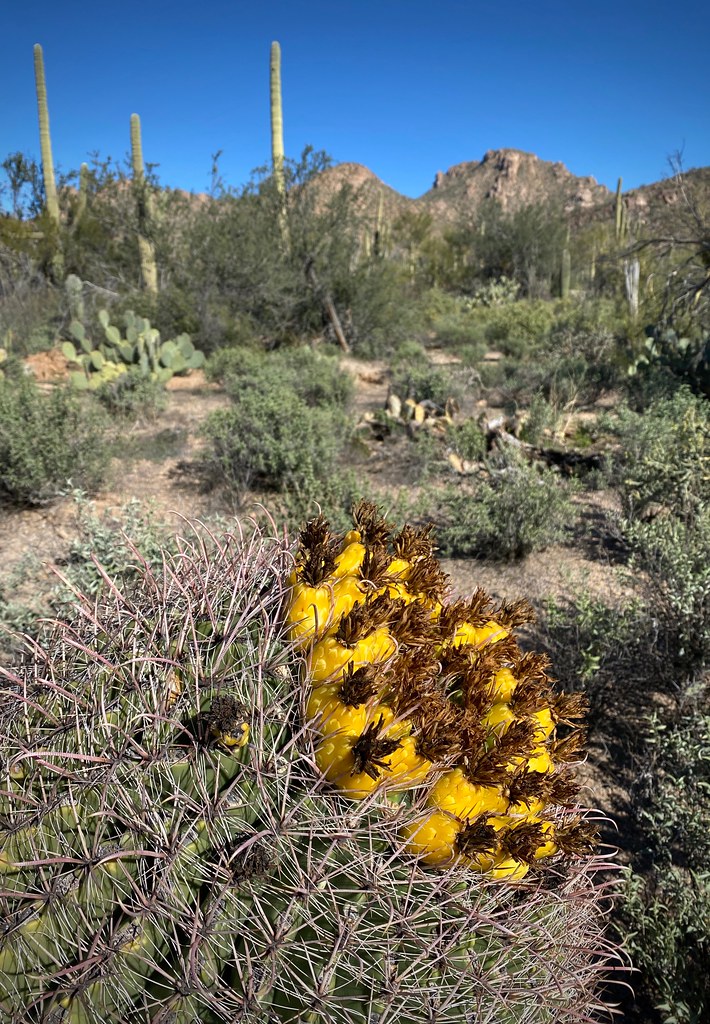
The Tucson Mountain District, which stretches north from the Desert Museum around fifteen miles west of downtown Tucson, on the far side of the mountains, charges no admission fee. Beyond the visitor center, the nine-mile Bajada Loop Drive loops through a wonderland of weird saguaro, offering many short hiking trails and photo opportunities. Signal Hill is especially worth mentioning, for its rock carvings and superb sunset views.
Short trails such as the Desert Ecology Trail lead off the eight-mile Cactus Forest Drive, but many visitors come specifically to hike far from the road, up into the mountains. A popular way to enjoy the park is to bike around one of the scenic loop drives.
Sunset Crater Volcano National Monument
Are you ready to take a journey into the clouds? Then come check out Sunset Crater Volcano National Monument! This incredible place is home to an active volcano that reaches over 600 feet in height. But don’t worry – it’s been dormant since its last eruption back in 1064 AD.

At Sunset Crater, get ready to have your breath taken away by stunning views of volcanoes, lava beds, and cinder cones stretching across the horizon. And at night, you’ll be treated to the unforgettable sight of stars twinkling against the backdrop of this awe-inspiring natural wonder.
If you’re feeling brave, you can take a guided tour down the crater itself – but watch out for mini-explosions from all the geothermal activity happening inside! There’s also plenty of wildlife to enjoy, including coyotes, bald eagles, and pronghorns.
Organ Pipe Cactus National Monument
If you’re looking for an adventure in the Arizona desert, the Organ Pipe Cactus National Monument is the perfect place to explore. This national park is located in southern Arizona, near the Mexican border, and is home to unique cactus species that can only be found in this region. The Organ Pipe Cactus is the park’s namesake, and it’s easy to see why. These impressive cacti can grow up to 20 feet tall and have a distinct pipe-like shape. But there’s more to see than just cacti in this park. The landscape is rugged and wild, with towering mountains, deep canyons, and wide-open desert valleys.
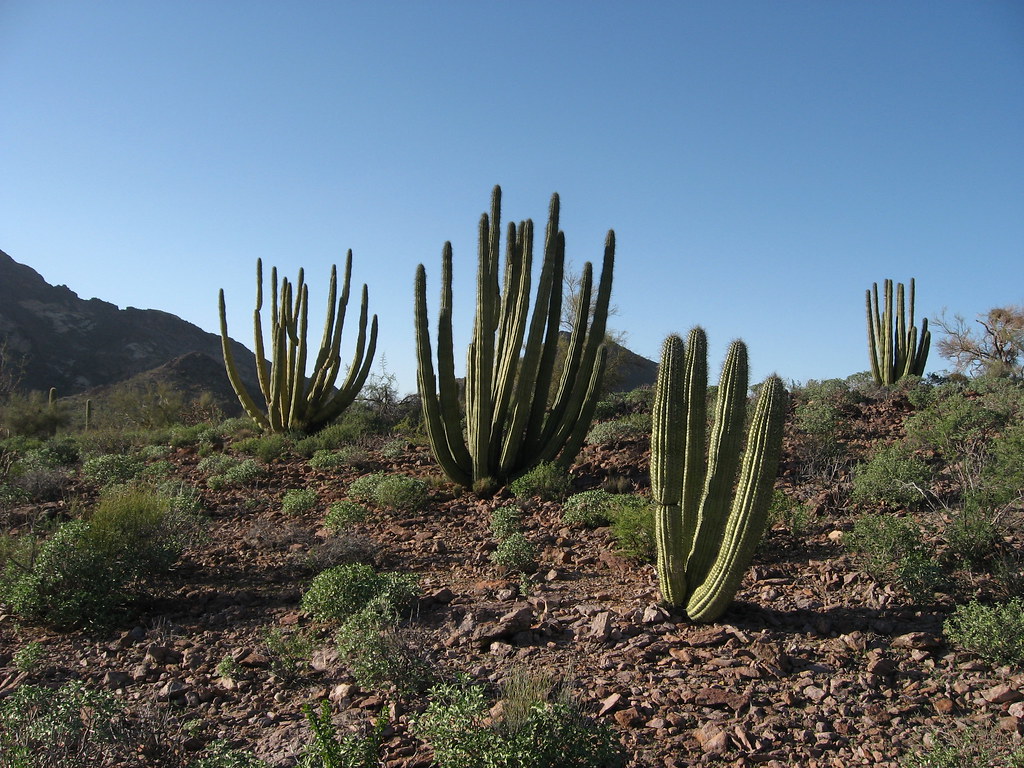
The park has many hiking trails that range from easy to strenuous, so there’s something for hikers of all skill levels. The trails will take you through the park’s varied terrain, where you’ll see towering saguaro cacti, rocky outcroppings, and pristine desert landscapes. One of the most popular hikes in the park is the Victoria Mine Trail, which takes you to the site of an old copper mine that was in operation in the early 1900s.
For those who want to explore the park by vehicle, Ajo Mountain Drive is a must-do. This 21-mile scenic drive takes you through some of the park’s most stunning landscapes, including rocky canyons and forests of saguaro cacti. The drive is a one-way loop, so you’ll need to plan accordingly.
Camping is available in the park, with several campgrounds to choose from. The Twin Peaks Campground is the largest and most popular, with RV and tent sites available. There are also backcountry camping options for those who want to get off the beaten path.
Tonto National Monument
Tonto National Monument is a hidden gem in Arizona’s vast landscape of national parks. If you are looking for a unique and educational experience, Tonto National Monument is definitely worth a visit. The park is located in the Superstition Mountains and is home to two well-preserved cliff dwellings that were constructed by the Salado culture over 700 years ago. These dwellings are a testament to the ingenuity and resourcefulness of the Salado people, who were able to build structures that have stood the test of time.
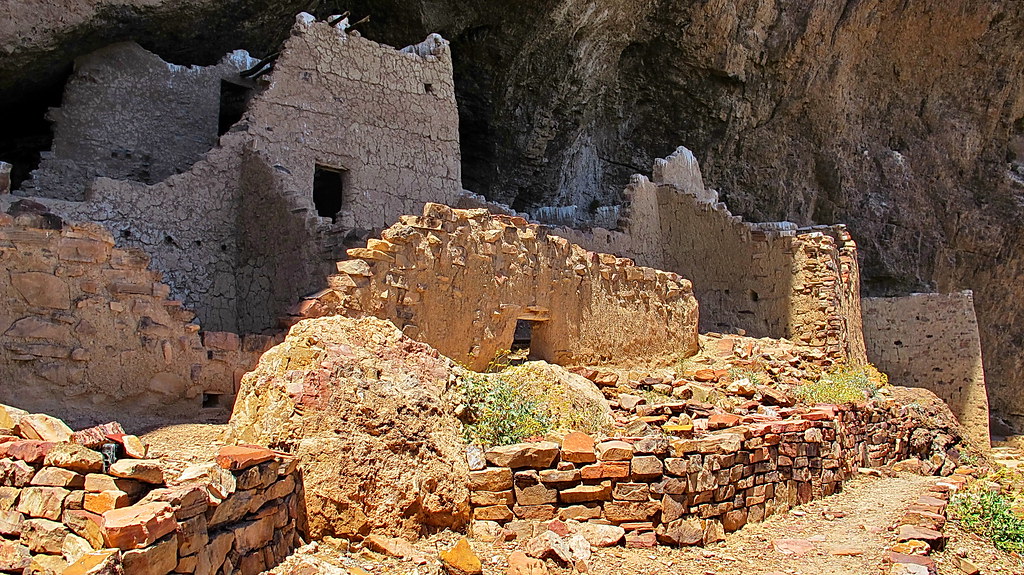
Visitors to Tonto National Monument can take a guided tour of the cliff dwellings, where they will learn about the history and culture of the Salado people. The tour is led by a park ranger who will provide in-depth information about the different rooms and structures within the dwellings. The tour is a great way to gain a deeper understanding of the Salado culture and to appreciate the craftsmanship that went into building the dwellings.
In addition to the cliff dwellings, Tonto National Monument offers a variety of hiking trails that showcase the beauty of the Superstition Mountains. The Lower Cliff Dwelling Trail is an easy hike that takes visitors past the lower cliff dwelling and through a scenic desert landscape. The Upper Cliff Dwelling Trail is a more challenging hike that offers stunning views of the surrounding mountains and valleys. Both trails provide a unique perspective on the natural and cultural history of the area.
Canyon de Chelly National Monument
Located in Northeastern Arizona, Canyon de Chelly National Monument offers visitors a glimpse into the rich cultural history of the Navajo Nation. The park encompasses over 83,000 acres of towering sandstone cliffs, winding canyons, and ancient ruins. The canyon has been continuously inhabited for more than 5,000 years, making it one of the longest continuously inhabited areas in North America.

Visitors can explore the park on their own or take a guided tour with a Navajo guide who will share the history and legends of the canyon. Some of the park’s most notable features include the Mummy Cave Ruins, Spider Rock, and the White House Ruins. The White House Ruins are particularly spectacular and can be accessed via a short hike down into the canyon.
For those looking to spend the night, there are two campgrounds located within the park, as well as several lodging options in nearby Chinle. Whether you’re interested in history, hiking, or simply taking in the stunning natural beauty of the canyon, Canyon de Chelly National Monument is a must-visit destination in Arizona.
Tips for visiting Arizona’s National Parks
Arizona is known for its beautiful and diverse landscape, from the Grand Canyon to the Saguaro National Park. If you’re planning a trip to Arizona’s national parks, here are a few tips to help you make the most of your visit:
- Plan ahead: Arizona’s national parks can get very busy, especially during peak season. Make sure to book campsites and tours well in advance and plan your itinerary accordingly.
- Stay hydrated: Arizona’s climate can be extremely dry and hot, especially during the summer months. Make sure to bring plenty of water and drink it regularly to avoid dehydration.
- Dress appropriately: The weather in Arizona can be unpredictable, so make sure to bring layers and clothing appropriate for the season. Wear comfortable shoes as you’ll be doing a lot of walking.
- Respect the wildlife: Arizona’s national parks are home to a variety of wildlife, including bears, mountain lions, and rattlesnakes. Make sure to stay a safe distance from these animals and never attempt to feed them.
- Leave no trace: When visiting national parks, it’s important to leave the environment as you found it. Make sure to pack out all of your trash and follow the park’s guidelines for responsible camping and hiking.
Best Time to Visit AZ National Parks
Arizona national parks are some of the most stunning and diverse natural wonders in the world. To truly experience the beauty of these parks, it is important to plan your visit for the best time of year.
The best time to visit Arizona national parks is during the spring and fall months. During these seasons, temperatures are mild and comfortable, making hiking and outdoor activities enjoyable. The spring months bring beautiful wildflowers, while the fall months offer colorful foliage and breathtaking sunsets.
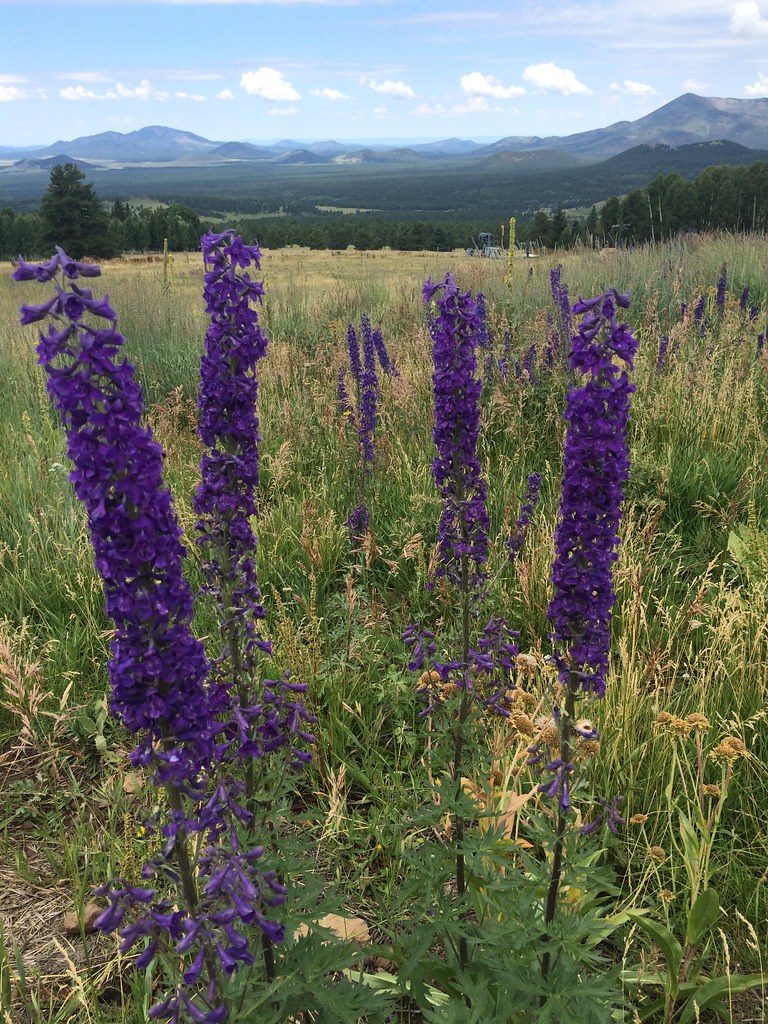
Summer months in Arizona can be extremely hot, with temperatures reaching over 100 degrees Fahrenheit. It is important to stay hydrated and avoid outdoor activities during the hottest part of the day. Winter months can also be chilly, especially at higher elevations. However, winter can offer beautiful snow-capped mountains and other unique winter activities.
Each national park in Arizona has its own unique climate and weather patterns, so it is important to research each park before planning your visit. With proper planning and preparation, visiting Arizona national parks during the best time of year will ensure a memorable and enjoyable experience.
AZ National Parks Safety Tips
When exploring the wild beauty of Arizona national parks, it is important to keep safety in mind. Here are some tips to keep in mind:
- Always carry plenty of water and stay hydrated, especially during the hot summer months.
- Wear proper clothing and footwear for the terrain and climate.
- Stay on designated trails and obey all posted signs and warnings.
- Keep a safe distance from wildlife and never feed them.
- If hiking alone, inform someone of your plans and expected return time.
- Carry a map and a fully charged phone in case of an emergency.
- Be aware of the weather forecast and avoid hiking during extreme heat, thunderstorms, or flash floods.
Exploring Arizona’s National Parks
After exploring Arizona’s National Parks, it’s easy to see why they are some of the most popular destinations in the country. Each park offers a unique experience that allows visitors to connect with nature and appreciate the beauty of the Southwest. From hiking through the Grand Canyon to exploring the ancient ruins of Casa Grande, there is something for everyone in Arizona’s National Parks.
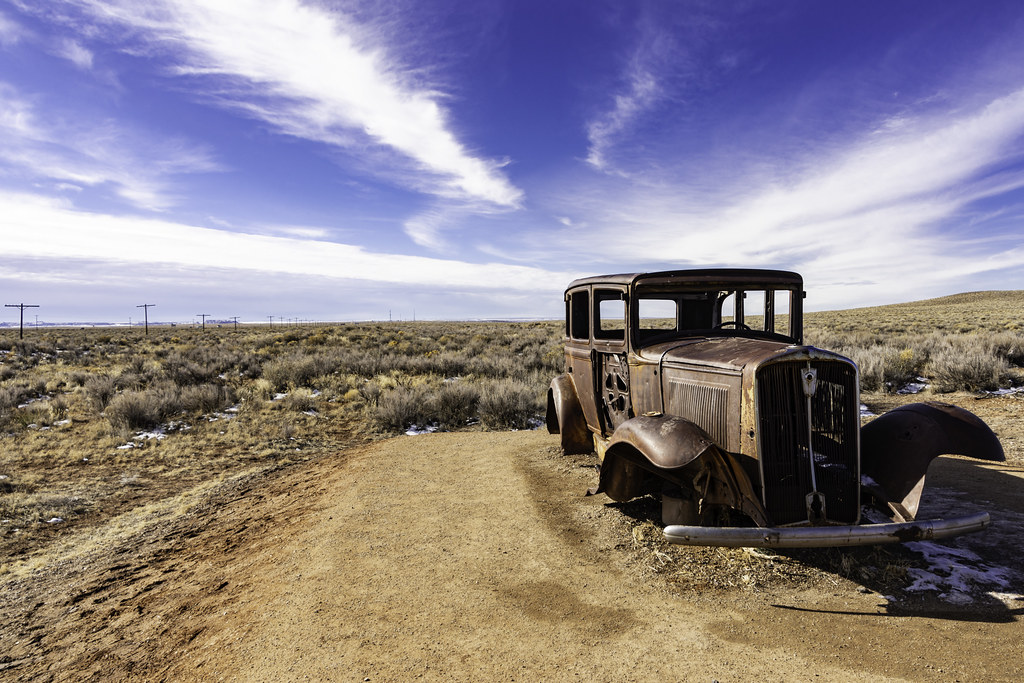
One of the best things about exploring these parks is the opportunity to disconnect from the hustle and bustle of daily life. You’ll be surrounded by stunning landscapes, fascinating wildlife, and a rich cultural history that will leave you feeling inspired and rejuvenated.
If you’re planning a trip to Arizona’s National Parks, be sure to do your research ahead of time. Each park has its own set of challenges and unique features, so it’s important to be prepared. Bring plenty of water, sunscreen, and comfortable shoes for hiking. And don’t forget to pack a camera to capture all the amazing sights and experiences.
We hope you enjoyed our comprehensive guide to Arizona’s national parks and that it inspired you to plan your next outdoor adventure. Arizona is home to some of the most stunning and unique landscapes in the country, and we are fortunate to have access to so many beautiful national parks. Whether you’re a seasoned hiker or a casual nature lover, Arizona has something for everyone. So, pack your bags, grab your camera, and get ready to discover the wild beauty of Arizona’s national parks. Happy exploring!
